is sickle cell sex linked
Warning: The NCBI website requires JavaScript to operate. Sexuality and anaemia falciformeViviane de Almeida Côbo Universidade Federal do Triângulo Mineiro – UFTM, Uberaba, MG, Brazil Cibele Alves Chapadeiro Universidade Federal do Triângulo Mineiro – UFTM, Uberaba, MG, Brazil João Batista Ribeiro Universidade Federal do Triângulo Mineiro – UFTM, Uberaba, MG, Brazil Helio Moraes-Souza Universidade Federal do Triângulo Mineiro – UFTM, Uberaba, MG, Brazil Paulo Roberto Juliano Martins Universidade Federal do Triângulo Mineiro – UFTM, Uberaba, MG, Brazil AbstractBackground Disease of sick cells, the most common hereditary disease in the world, is the result of an atypical hemoglobin called S (Hb S) that, when homozygous (Hb) SS) is the cause of sickle cell anemia. puberty changes, correlated with delayed growth stimulated, starts late in male and female sickle cell anemia individuals with repercussions on sexuality and reproduction. Objectives this exploratory and descriptive study was to characterize the development of sexuality in adults with sickle cell anemia investigating perception of their sexual life, as well as the information they had and needed about this subject. Methods Twenty patients of sickle cell anemia treated in the Hemocentro Regional Uberaba (UFTM) ages between 19 and 47 were registered. A Socio-economic questionnaire and semi-structured interview on sexuality, genetic reproduction and guidance were applied. Results This study shows that patients with sickle cell anemia lacked information on sexuality especially on the risks of pregnancy and possible inheritance sickness for their children. In addition, the sexual life of patients was with pain disabilities, as well as discrimination and negative feelings experienced in close relationships. Conclusion Health care of sickle cell anemia patients should be taken into account not only the clinical aspects of the disease, but also the psychosocial aspects advice on sexuality, reproduction and genetics, to give this the possibility of a better quality of life. Introduction Clinical manifestations of sickle cell anemia (SCA), a chronic disease, occur within the first year after birth and extends throughout life with great variability symptoms(). The most frequent The clinical problem is painful vaso-clusive events(); pain is a constant in adult life(). Sexual development (involving physical and physiological aspects) in general the population accompanies the bone age. In patients with ACS, this development is delayed as have delayed bone maturation due to clinical manifestations of the disease. The anthropometric abnormalities of male and female patients with ACS have been well known for a long time. For example, the women's menarchy of ECA is two to three years later that in individuals who are not of ECA with weight being a predictive factor(). Sexuality goes beyond physiological aspects and has a direct relationship with social environment in which one lives, with emotions and feelings that relationships produce permeating every moment of life(). Sexuality is a historical and symbolic process that expresses identity of the subject and not only fulfills the function of social reproduction of the species but also implies the search for personal pleasure(). Sexuality is an essential characteristic of the human being be, present at all stages of life() despite his affirmation during adolescence. Within the broad framework sexuality is intersected with ACS, there are other factors to consider as clinical emergency of priapism(), risk of pregnancy in women with CCA() and genetic orientation(). It is also important to remember that the delayed development of puberty is an important source stress for patients with ACS. When puberty does not happen near the age of your peers, patients feel different and are isolated, at a time of life when social acceptance It's of great importance. Feelings of inferiority and immature behavior have also been reported in relation to pubertal delays(). Advances in the medical knowledge of ACS over the last 10 years The life expectancy of these patients has increased(). Therefore, studies on aspects that contribute to quality of life is necessary, taking into account the concept of full care as recommended by the World Health Organization (WHO)(). Thus, the aim of this study was to characterize the development of the sexuality of the ACS patients investigating the representation (perception) they have about their sexual and identifying the information they have about sexuality, contraception, The pregnancy and genetics of the ACS and its additional information needs. Methods This descriptive exploratory study, conducted in 2011, is the product of the residence program in Integrated Multidisciplinary Health, in particular adult psychology, a association between the Federal University of Triângulo Mineiro (UFTM) and the Hemocentro Regional de Uberaba, Minas Gerais (Fundação Hemominas). This research was approved by the UFTM Ethics Committees (# 1814) and Hemominas (# 309). Twenty male and female patients diagnosed with ACS (hemoglobin SS) and over 19 years and 47 years were recruited according to their independent medical records background. Patients were contacted on the day of their medical appointments in the Uberaba Regional Blood Centre. The nature of the study and consent was explained Forms were read to all potential participants. After giving your consent, A sociodemographic and economic questionnaire was applied. The results were analyzed according to the Key Correctional Classes of Socioeconomic Classes in Brazil, which categorizes individuals in classes A, B, C, D, E and F socioeconomic(). Later, a semistructured an interview was conducted to characterize the sexual life of the patients of the ACS, their of sexuality, as well as to describe the information they had or on issues related to their full development and partners difficulties. The interview was designed on the basis of the literature on the subject, the flexibility of a semi-structured instrument. This type of instrument was chosen because it provides a richer understanding of the population of interest. The semistructured interview was designed with open and closed questions, in which the informant was able to discuss the proposed topic(). The interviews were analyzed qualitatively using Bardin content analysis(). This analysis consists of transcribing the interviews and collecting contents for topics relevant to the study. Similar patient reports were grouped, but there were also contradictions and ambiguities. identified. Importantly, the analysis took place simultaneously with the investigation. This is it. a process controlled by the researcher who has autonomy (following methodology criteria) to stop interviews when it is noted that the interview will not provide new information (saturation criterion). Therefore, the number of patients interviewed (n), determined by the data analysis method, it must allow the researcher to understand the subject of the study well(). This type of study defines the number of interviewees with progressive inclusion; inclusion is interrupted by saturation criterion, i.e. when the concepts, explanations and meanings attributed interviewees begin to have a regular presentation(). ResultsThe sociodemographic data of the 20 patients are shown in . Most patients were women (75%), predominantly aged between 19 and 29 years (50%). Most were the C social class (60%) and 45% were acting Regular paid activities. Table 1 Sociodemographic data of 20 patients with sickle cell anemia Variablen%Gender Male525 Female1575Age group 19-29 years1050 29-39 years735 39-49 years315Social classification* A00 B420 C1260 D420Employment Yes945 No840 Retired315*Classification of Correcting Socioeconomic Classes in Brazil()Concerting the sexual life of patients, 85% had already had intimate relationships. The first sexual intercourse occurred between 10 and 36 years with the majority of between 15 and 20 years (52.9%). Eleven (55%) respondents considered that they had an active sex life often of sexual activity ranging from one to three times a week. In addition, 82.3 per cent patients rated their sexual activity as satisfactory; it was classified as excellent by 47.0% and so good at 29.4%. Most subjects (60%) had a partner in the previous year. Of the 20 patients, 70% said they had the desire to engage in sexual relations 76.4% of those who had intimate relationships said they had intimate relationships they enjoyed the experience. Most (65%) did not masturbate. Thirteen (65.0%) of the 20 interviewees reported having had a deficient sexuality due to ACS or associated clinical complications. In particular 12 (92.3 per cent) of these 13 patients reported that the deterioration was due to painful crises; the other patient reported fear Number 2Sex lives of 20 patients with sickle cell anemiaSex lifen%Sexual intercourse Yes1785.0 No315.0 Age in first sexual act* 10-15 years317,7 15-20 years952.9 20-25 years211,8 25-30 years211,8 30-35 years 35-40 years15,9Actually active1155.0 No945.0 complications Yes1365.0 No735.0*Patients who have had sexual intercourse (n = 17)Twenty patients (90%) had emotional relations and all had informed the partner about his illness. Only two patients (11.1%) did not feel that they were supported by their partners. In addition, they said the SCA influenced their sexual lives (45%). As for their sexual characteristics, 55% of patients were compared to other people, as you can see in . Some patients ' statements illustrate interpersonal (affective and social) difficulties relationships. Table 3Perception of 20 patients with sickle cell anemia on their sexuality Perception of sexuality Your partner knew about sickle cell anemia Yes18100.0 No00 Sentence supported and cared for by your partner partner* Yes1688.9 No211.1 The sickle cell anemia influenced their sex lives* Yes945.0 No1155.0 They were compared to someone regarding their sexuality characteristics* Yes1155.0 No945.0*The question was answered by those who had had a sexual partner In , 80% of men did not know about Priapism. Two (20%) of five interviewees knew the vasectomy contraceptive method. Only one reported having erectile dysfunction. In women, the age of menarche varied from 12 to 20 years. Some were quite late, more often between 14 and 16 years old. Menstrual The cycles were reported by 53.3% of women as regular. No reports of abortions. Table 4Exuality of 20 patients with sickle cell anemia according to sex Variable Menn%New woman on priapism Age in menarche Yes120.0 12-14 years533.3 No480.0According to vasectomy 14-16 years640.0 Yes240.0 16-18 years106.7 Yes360.0 18-20 years320.0Episodium of regular dysfunction0.0142 Most of them (75%) had only one child. No. The pregnancy was planned. Most patients (60%) said they had knowledge about the risks of ACS for pregnancy, while two of them realized only after becoming pregnant. Half of the 20 patients had received genetic and informed advice knowledge of sexually transmitted diseases (STDs) (85%) and 65% of patients received general sexual education. Some of the interviewees mentioned more than one source of information. School was the main source of information on sexually transmitted diseases and sexual education. Plus, Information was obtained on the prevention of sexually transmitted diseases of family health teams. Specialized health teams linked to second or tertiary services were the most commonly cited source of knowledge about the risks of pregnancy in women of the ESCA and genetic counseling. However, knowledge reported on the risk of pregnancy women with ACS and genetic orientation were superficial, that is, without specifying causes or associations. On contraceptives, 65 per cent of patients had obtained specialized health information equipment. Contraceptive use was reported by 50%, the most common method being pill. On the other hand, 80% never used emergency contraception even though 60% knew about the method. At the end of the interview, patients were asked if they would like to have more sexuality information. Six patients had doubts about the risk of pregnancy in women with SCA (2), genetic advice (1), STD (1), development and growth in SCA individuals (1) and about pleasure in sex (1). Debate There was a predominance of women in the sample (75%) even though the ACS is no longer predominant in women( ,). This can be due to the fact that women tend to take better care and more often visit health services What men. A publication indicates that the ACS is found in all social classes including class A. In this study, however, most of the interviewees were in the C socio-economic class, which can be explained by the fact that this study was carried out in a government hospital and that the ACS is more frequent in people with a minor socio-economic conditions due to the history of the SCA in Brazil with hemoglobin S arriving with the slave trade(,). Analyzing data on sexual relations, patients with ACS had similar accounts the general population. According to the Brazilian Ministry of Health, 32.8% of Brazilians between 12 and 17 years (the most frequent response category) have already had sex intercourse(,). In this sample, sexual intercourse was frequent between 15 and 20 years (52.9%). It is important to say that thirteen (65.0%) of the Twenty patients reported sexual relationships with disabilities or activity due to ACS or its clinical complications, the pain being the main reason. Pain is also the most reported clinical complication in literature(,). Sexuality involves behavior and desires related to compliance, affection, pleasure, feelings, the exercise of freedom and health. It's a story, cultural and social characteristic that is modified according to changes in social relations(). So, in Brazilian society, sexuality is limited by taboo, myths, discrimination and power relations(). Adult patients with ACS feel that their chronic disease influences their sexuality. Compared or were in relation to their sexual characteristics, which are reflected in their relationship, feelings of discrimination, fear and insecurity. So, though as adults their sexual development is similar to individuals without the disease and they described having sex similar to healthy people, ACS patients report discrimination and feelings of inferiority derived from their chronic disease and their consequences. There was much ignorance (80%) about priapism that is of great concern as in literature 28% to 38% of male patients have a history of priapism with the first episode happening before the ten years. Between 10% and 30% of these patients progressed partial or complete erectile dysfunction, regardless of the type of therapy used and Therefore prevention is better than cure(). Increased awareness of the signs of priapism and education about the need for early treatment are good ways to prevent long-term problems (21). However, priapism was not common in this population, which can indicate good care. Most participants (65%) reported having general knowledge of sexual education; 85% had learnt about STDs and 65% about contraceptives. Although most of the knowledge indicated on the risks involved in pregnancy (60%) and genetic counseling (50%) information it was very shallow, which was seen by the lack of family planning of the eight Patients who had children. Therefore, it is necessary that the health system Expand sexual education in the ESCA. Pregnancy in the ESCA usually causes complications in the health of the mother and mother kid. For that reason, contraception linked to genetic orientation allows for adequate family planning and is an important factor in women ' s health care SCA(). Genetic counseling is an important component of clinical management of patients with SCA; this implies significant medical, psychological, social, ethical and legal care implications. The objectives must be primarily educational and health-care, i.e., allowing individuals or families to make coherent and psychologically balanced decisions about procreation(). The need to expand the advice for people with ACS is clear from the results achieved increasing accessibility to break with superficiality, extrapolating "taboo" of sexuality and do what should be: a natural and healthy process. Finally, it is worth noting that shame in answering questions related to sexuality was constant in the interviews, showing that, despite rapid development sexual intercourse, with greater acceptance and wider debate in society as whole, there are remnants of judgments and social impositions that people remain silence on the subject of sexuality. Conclusion In addition to clinical care of the disease, health measures focused on the patient with ACS should take into account the normal development of the individual coherence between personal needs and needs related to disease. One should underline information on the social expectations of an ordinary person, as is the case of sexuality. It requires not only information about self-care and social representation, but also in reproductive care. These actions must guarantee health integrity, as advocated by WHO. It is important to note that public health policies do not focus on chronicle sick people. And thus the access of this population must be extended to the existing public policies. It should be noted that in Brazil, although public health policies have proposed a new care model, healing treatment continues to prevail for SCA with care and treatment in the emergency room or in the hospital and preventive care considered of little importance. There seems to be little acceptance or discussion on the subject of sexuality. One the actions of a multidisciplinary team or professional psychologist is to listen the personal and social needs of the patient that goes beyond the disease. Professional category care, including the provision of information and prevention and intervention strategies, can be carried out for individual or group cases. Finally, it seems that there are few Brazilian studies that analyze the quality of the life of people with SCA suggesting that more research and studies on chronicle disease and its impact are necessary. Table 5History of reproduction of 20 patients with sickle cellular anemia History of production%Children Yes840.0 No.1260.0Non children 1675.0 2112.5 3112.5 Pregnancy expected Yes00 No8100.0 Table 6Sources of information according to the 20 patients of SCASourcesPregnancy procedureGenetic counselingSTDsex Education Schools00911 The authors wish to thank Dr. Alexandre de Paula Rogerio del Laboratório of Experimental Imunofarmacology, Institute of Biological Sciences, Universidade Federal do Triângulo Mineiro, Uberaba - Brazil, for critical reading This manuscript. Footnotes Conflict of interest: Authors declare that there is no competitive funding interferenceFormats: Share , 8600 Rockville Pike, Bethesda MD, 20894 USA
Human Genetics

Sickle cell anemia
Genetic disorders

Sickle cell anaemia is example of a) sex-linked inheritance b) d
Genetic disorders

Autosomal recessive: cystic fibrosis (CF), sickle cell anemia (SC), Tay Sachs disease | Children's Wisconsin
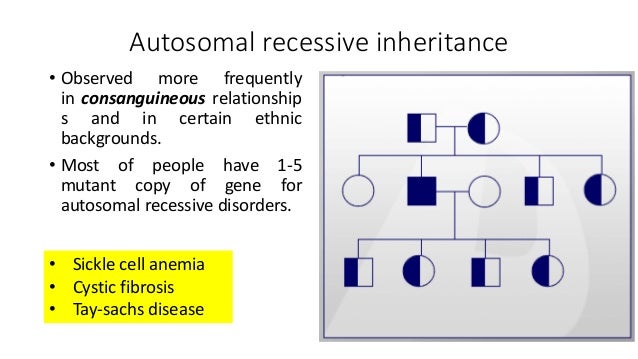
Modes of autosomal and sex linked inheritance
Human Genetics

Sickle cell anaemia is example of a) sex-linked inheritance b) d

Sickle-Cell Anemia By Kenley, Sam, Shannon aurorahealthcare.org. - ppt download
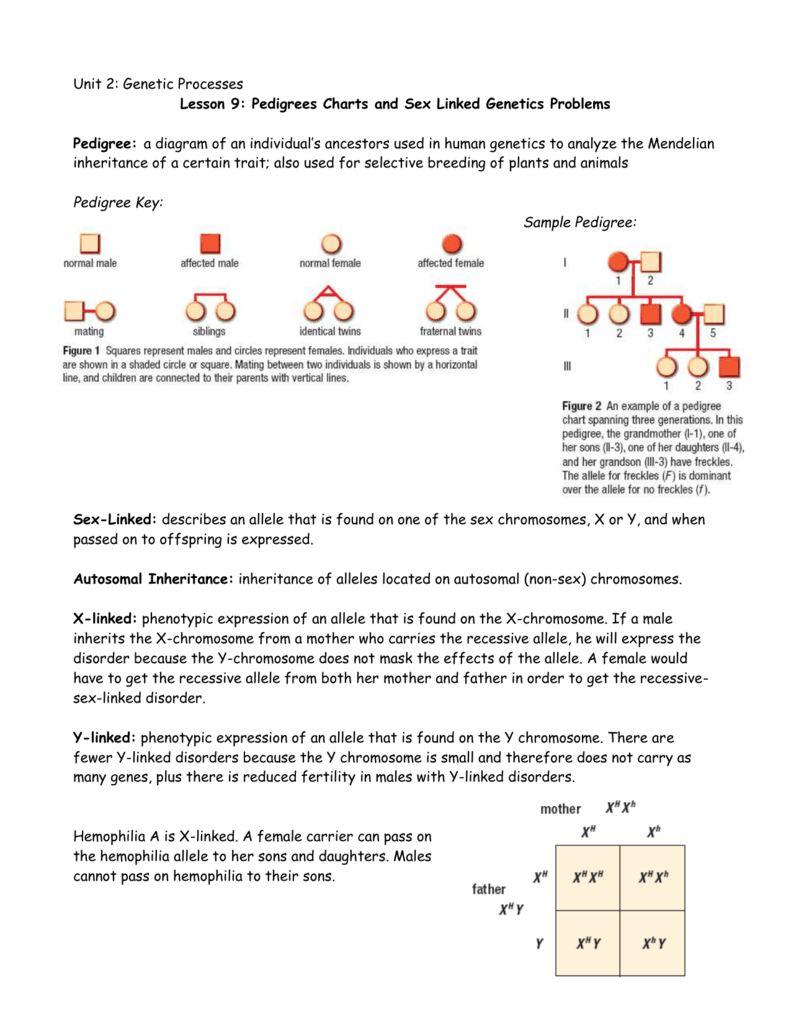
Lesson 9: Pedigrees Charts and Sex Linked Genetics
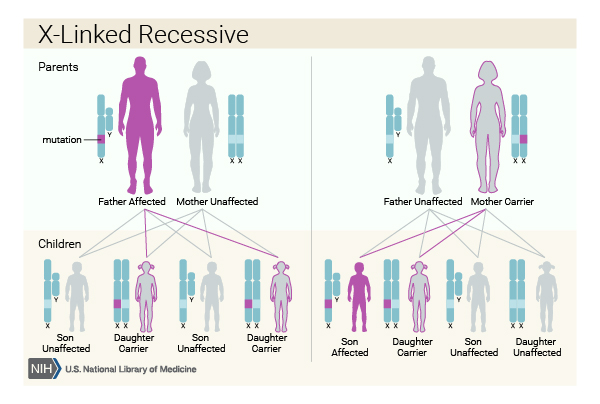
What are the different ways in which a genetic condition can be inherited?: MedlinePlus Genetics

Inherited Diseases All students will be able to describe the genetic disease sickle cell anaemia and how carriers are resistant to malaria. – C Most students. - ppt download
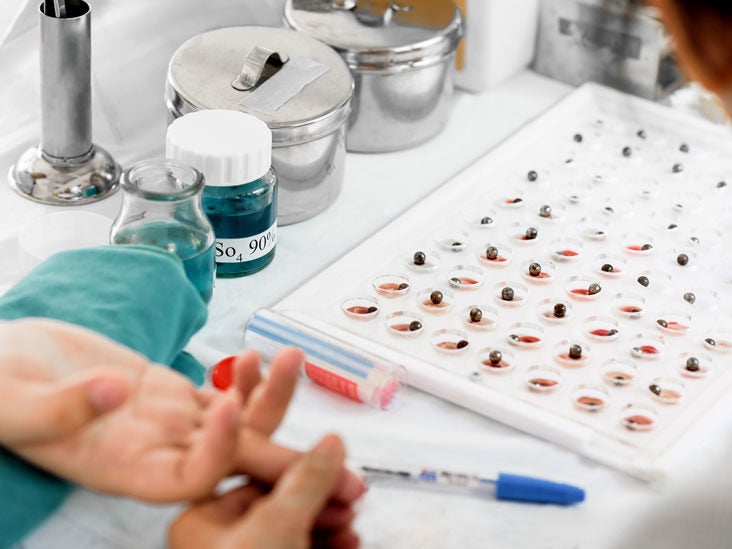
Sickle Cell Anemia: Recessive/Dominant? Autosomal/Sex-Linked

Solved: 9. A Man Is Heterozygous For An Allele For Sickle ... | Chegg.com

Which one is sex-linked disorder' Which one is sex-linked disorde
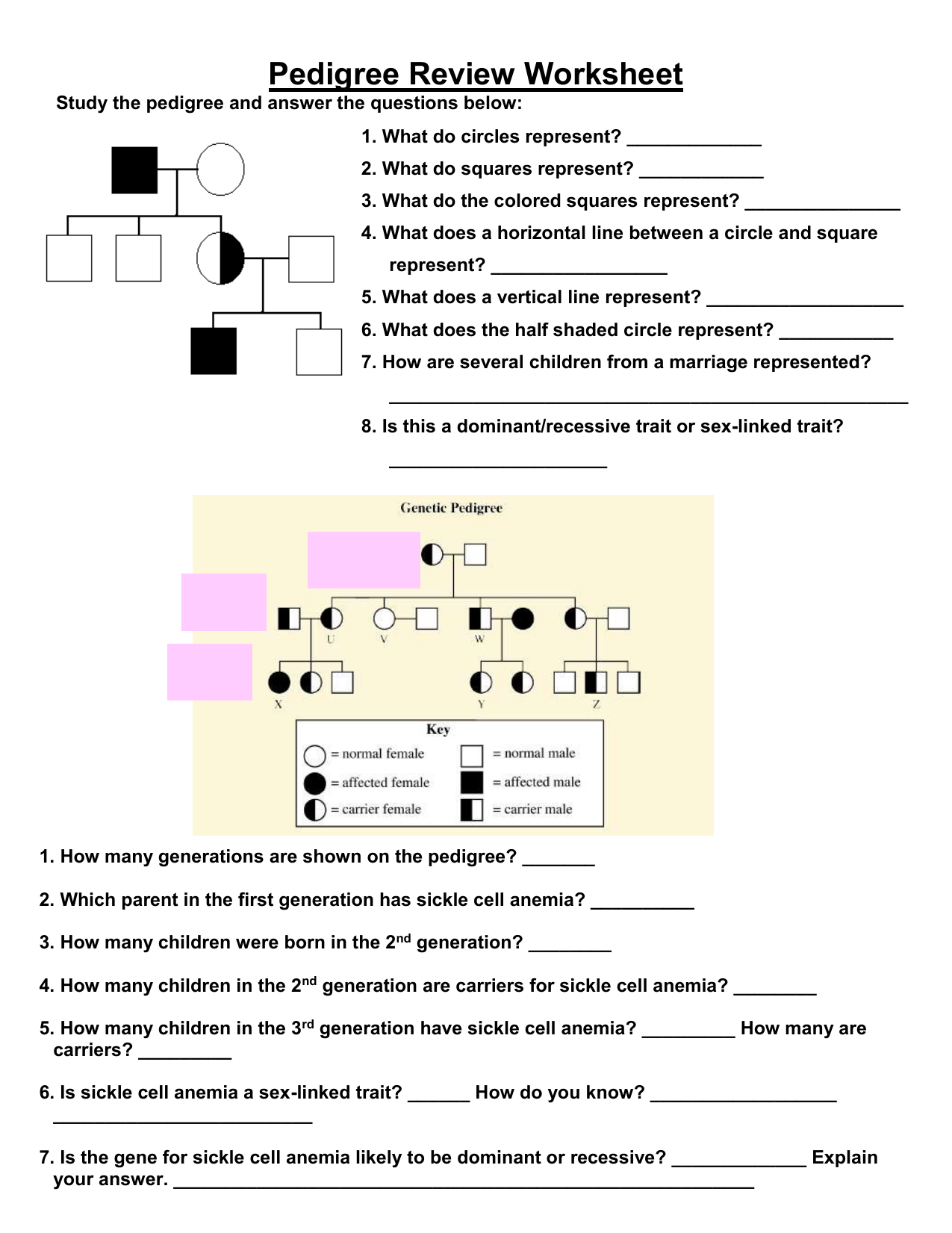
Pedigree Review Worksheet
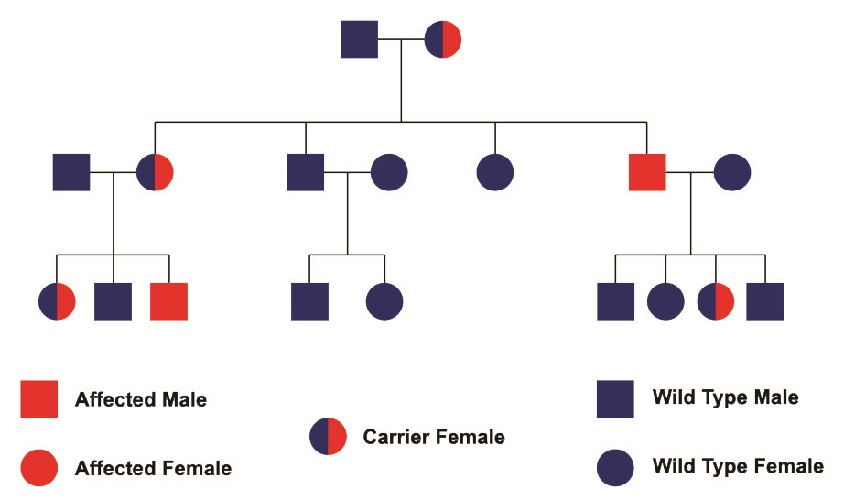
Autosomal Dominant - The Definitive Guide | Biology Dictionary
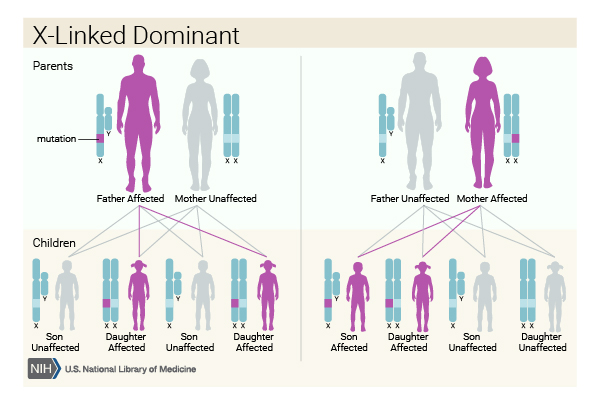
What are the different ways in which a genetic condition can be inherited?: MedlinePlus Genetics
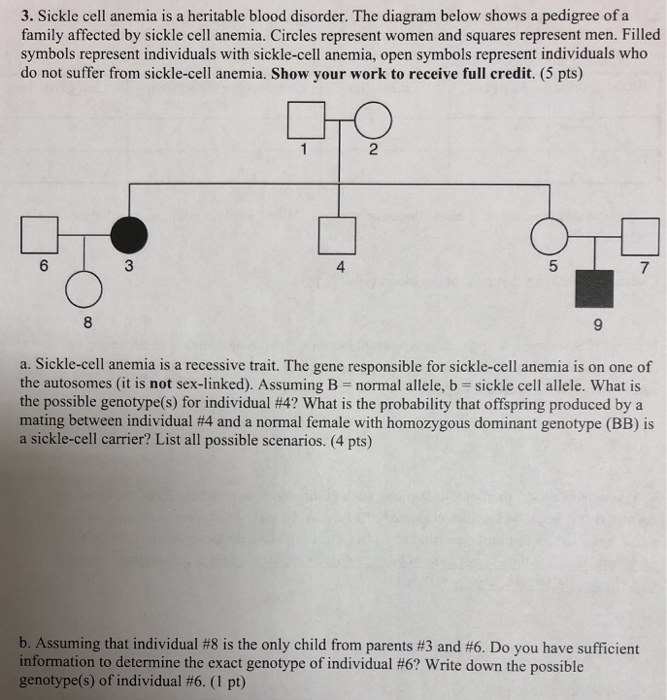
Solved: Please Answer Part A And B. Please Show All Work! ... | Chegg.com
Genetics Basics Lesson 3: Modes of Inheritance
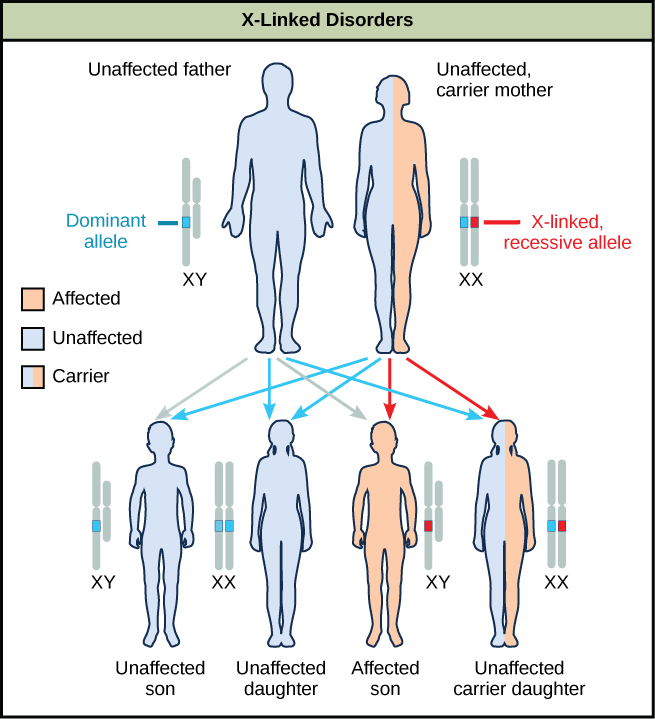
Patterns of Inheritance | Boundless Biology

Exceptions to Independent Assortment: Sex-Linked and Sex-Limited Traits - Video & Lesson Transcript | Study.com

What does the given pedigree chart shows' What does the given ped

Sickle Cell Anemia. - ppt download
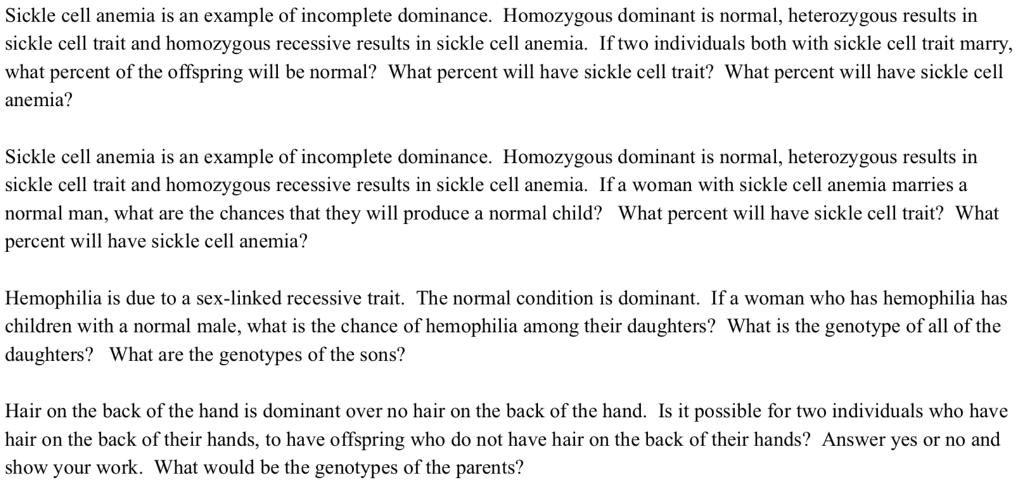
Solved: Sickle Cell Anemia Is An Example Of Incomplete Dom... | Chegg.com

Pedigree for determining probability of exhibiting sex linked recessive trait (video) | Khan Academy
Sex linked or autosomal downs syndrome. Sex linked or autosomal downs syndrome.
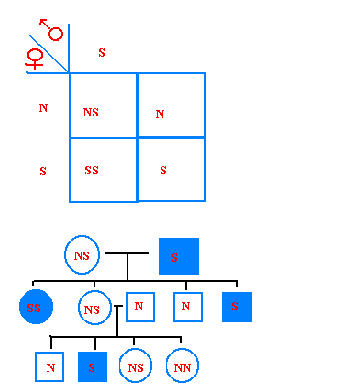
Sex-linked, limited, and influenced

Sickle Cell Anemia: Recessive/Dominant? Autosomal/Sex-Linked

Class 12 Chapter 36: Chromosomal Aberration | Sex Linked Inheritance | Sickle Cell Anemia | Part-3 - YouTube
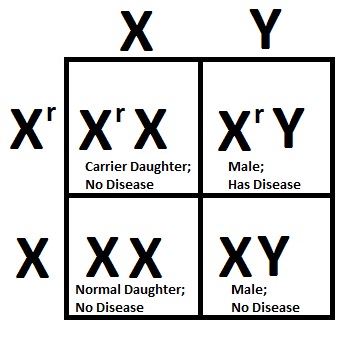
Genetic Diseases - Untamed Science
Sex linked or autosomal downs syndrome. Sex linked or autosomal downs syndrome.

Choose the correct answer from the alternatives given.Study the pedigree chart of a family showing the inheritance of sickle - cell anemia.The trait traced in the above pedigree chart is
![Sickle cell anemia is ... .. [ Bih PMT 2001 ] a) Sex linked inher Sickle cell anemia is ... .. [ Bih PMT 2001 ] a) Sex linked inher](https://d10lpgp6xz60nq.cloudfront.net/q-thumbnail/46819751.png)
Sickle cell anemia is ... .. [ Bih PMT 2001 ] a) Sex linked inher

Consumer Fact Sheets - Understanding Genetics - NCBI Bookshelf
Basic genomic concepts including patterns of inheritance, penetrance, genotype/phenotype differences, polygenetic disorders, gene-environment interactions and the role of genes in health and disease | Health Knowledge
Pedigree Analysis Information Sheet

A man homozygous for sickle cell disease (... | Clutch Prep
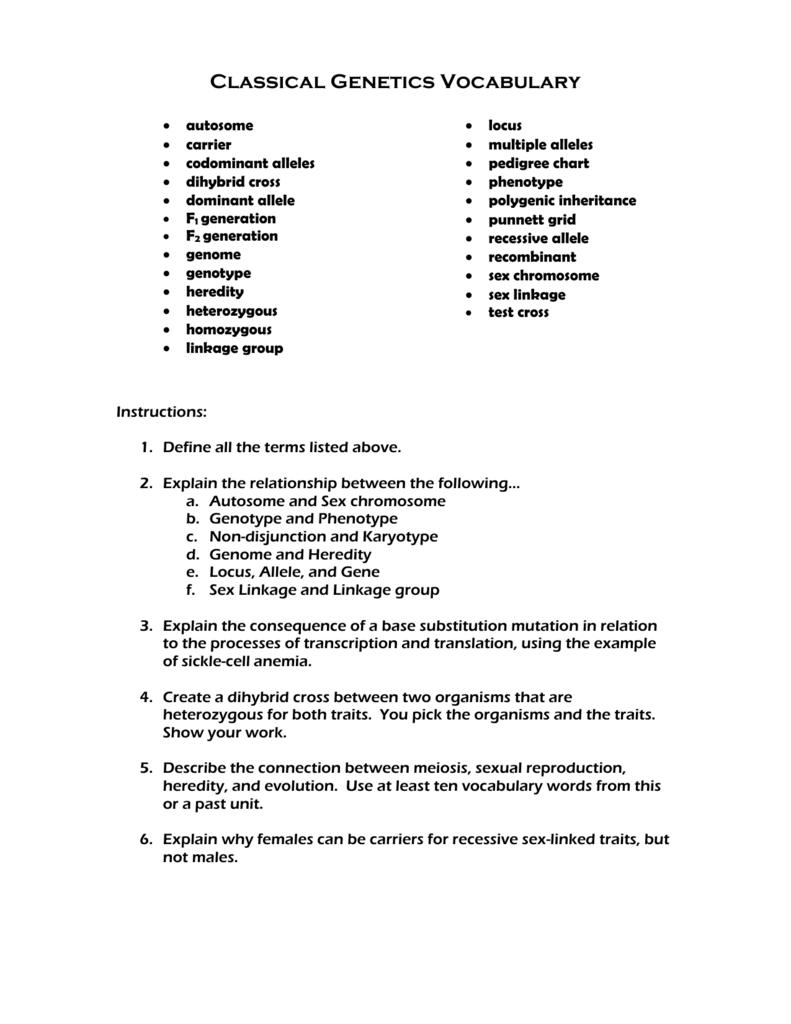
Classical Genetics Vocabulary
Posting Komentar untuk "is sickle cell sex linked"